Leiurus aegyptiacus (Lourenço & El-Hennawy, 2021)
Leiurus aegyptiacus (Lourenço & El-Hennawy, 2021)
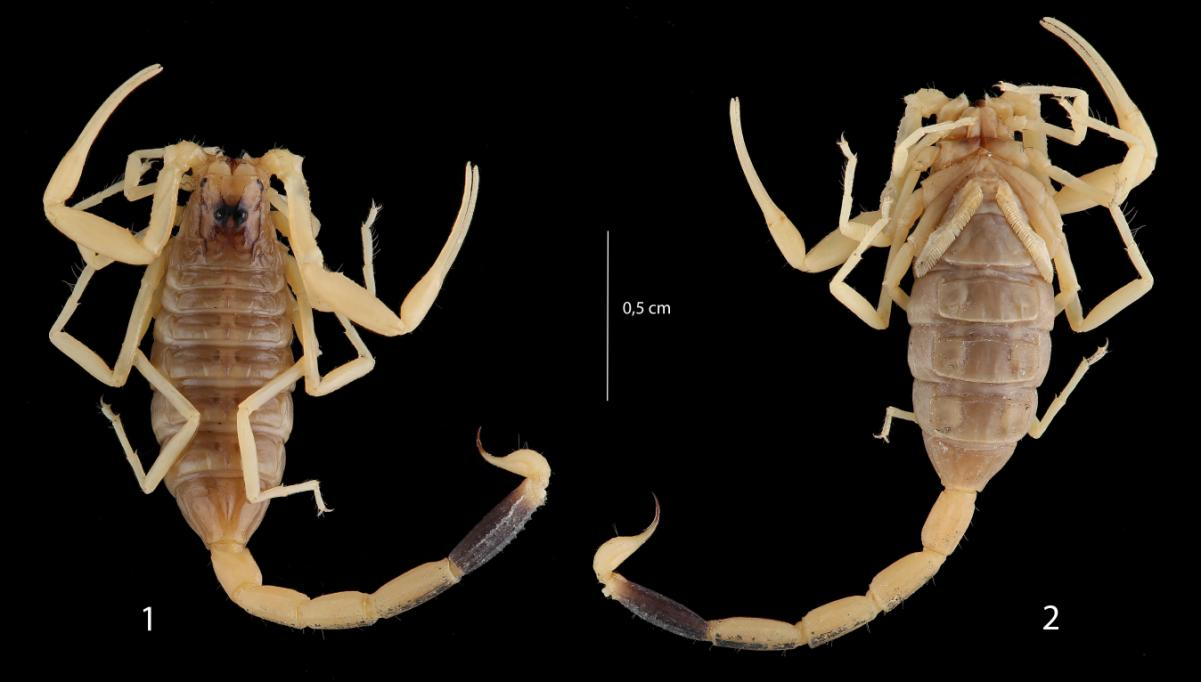 Figs. 1-2. Leiurus aegyptiacus sp. n., female holotype. Habitus, dorsal and ventral
Figs. 1-2. Leiurus aegyptiacus sp. n., female holotype. Habitus, dorsal and ventral
aspects.
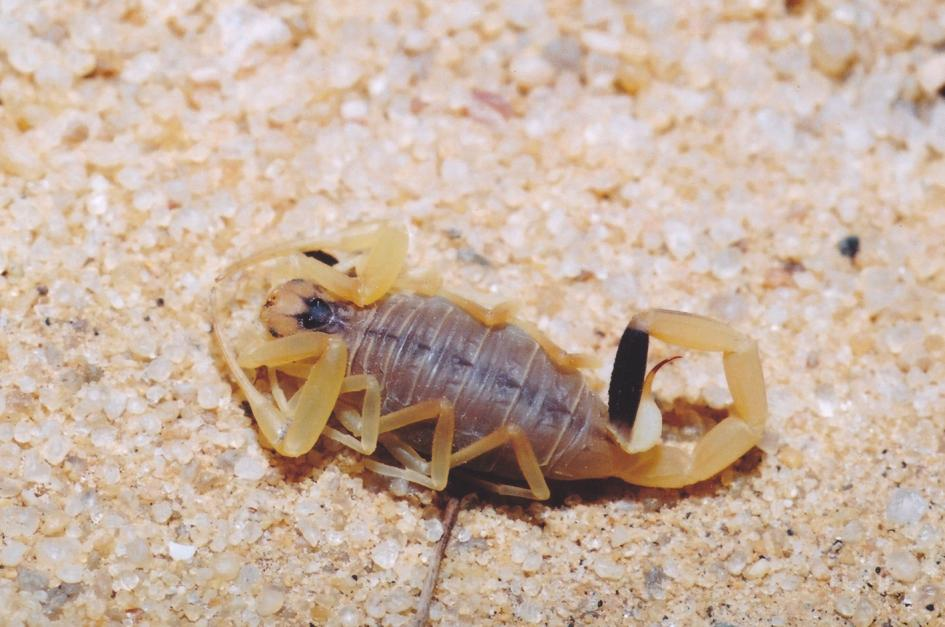 Fig. 16. Leiurus aegyptiacus sp. n., female holotype, alive. © Philippe Geniez.
Fig. 16. Leiurus aegyptiacus sp. n., female holotype, alive. © Philippe Geniez.
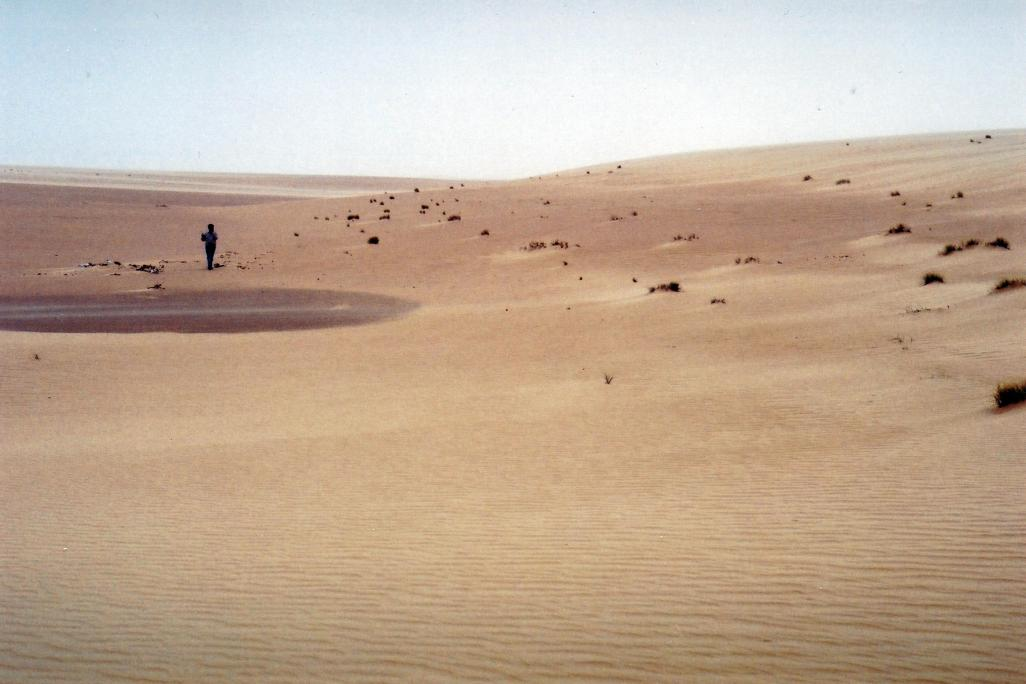 Fig. 17. Habitat of Leiurus aegyptiacus sp. n. © Philippe Geniez
Fig. 17. Habitat of Leiurus aegyptiacus sp. n. © Philippe Geniez
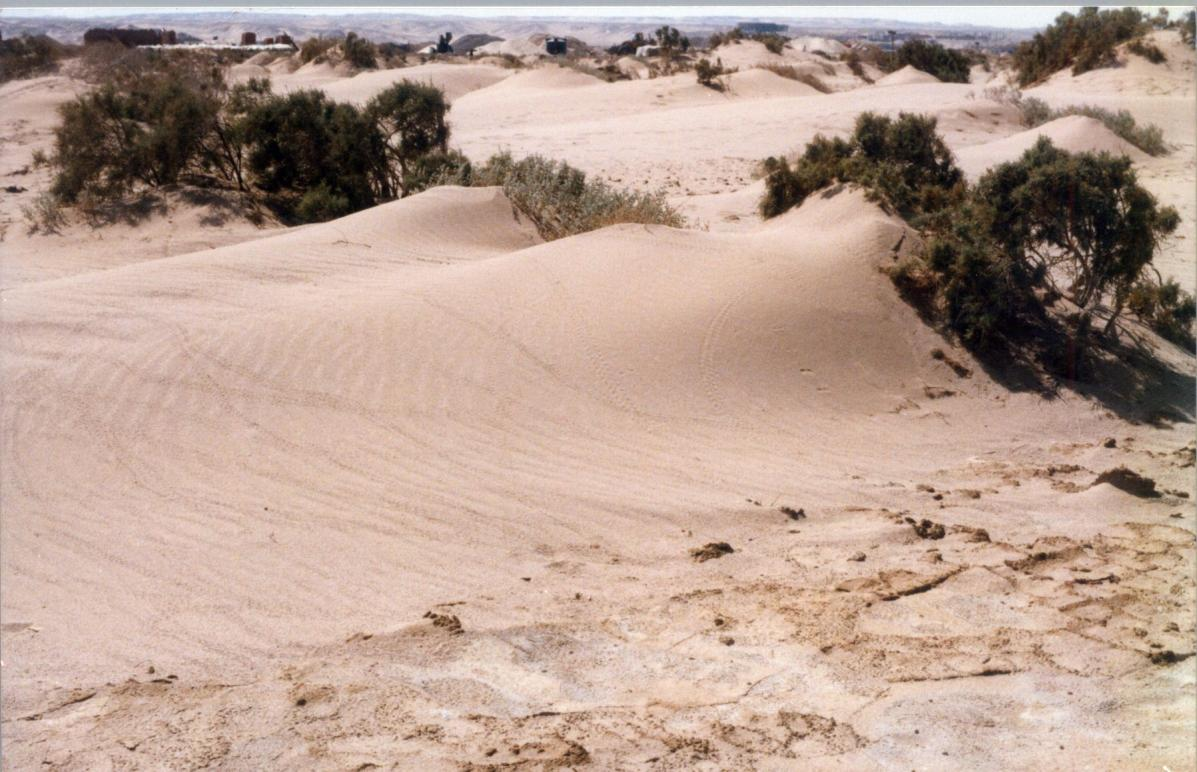 Fig. 19. Typical habitat NE of Maghra. © Mostafa Saleh.
Fig. 19. Typical habitat NE of Maghra. © Mostafa Saleh.
The area is climatically hyper-arid (Ayyad & Ghabour, 1986) with a winter
precipitation averaging less than 50 mm per year. It is covered with a sparse vegetation
cover (about 5%) of a community dominated by Zygophyllum album [now Tetraena alba]
which characterizes the relatively higher sandy area at the fringes of the Maghra
Depression. Associates include Alhagi graecorum, Artemisia monosperma, Nitraria
retusa, Sporobolus spicatus, and Tamarix nilotica (Girgis et al., 1971; Zahran & Willis,
1992). As the ground dips deeper into the Maghra Depression to the southwest, Nitraria
retusa and Tamarix nilotica become more dominant in the saline sandy soil, growing in
extensive patches and building large phytogenic sand mounds (Fig. 19). In the yet deeper
part of the Maghra Depression, saline flats between the hypersaline Lake Maghra and the
sand formations are densely vegetated with a halophytic community dominated by Juncus
rigidus with associates including Arthrocnemum macrostachyum, Cressa cretica,
Limbarda crithmoides, Nitraria retusa, Phragmites australis, and Tamarix nilotica
(Girgis et al., 1971; Zahran & Willis, 1992) (Saleh in litt.).
Etymology: specific name refers to Egypt the country where the new species was
found.
REF-
New considerations on the Leiurus Ehrenberg
(Scorpiones: Buthidae) distributed in Africa and description
of a particular species from Egypt

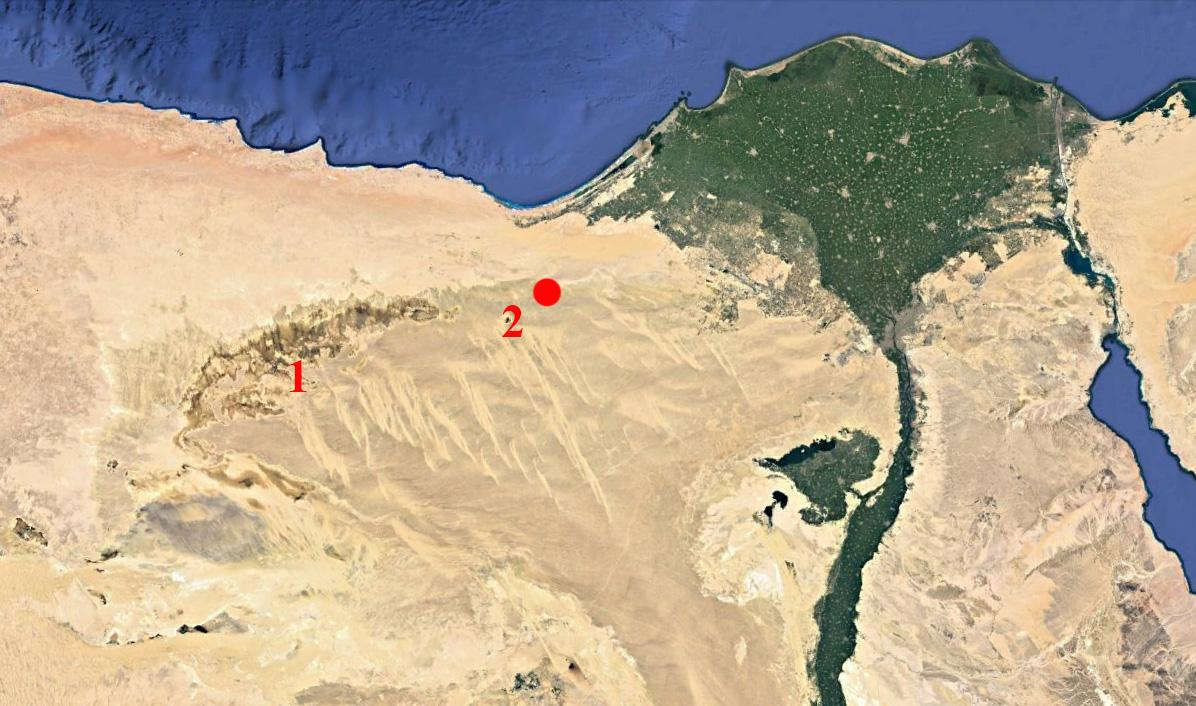 Fig. 18. Map of the Northern part of Egypt showing the Qattara Depression (1), Maghra
Fig. 18. Map of the Northern part of Egypt showing the Qattara Depression (1), Maghra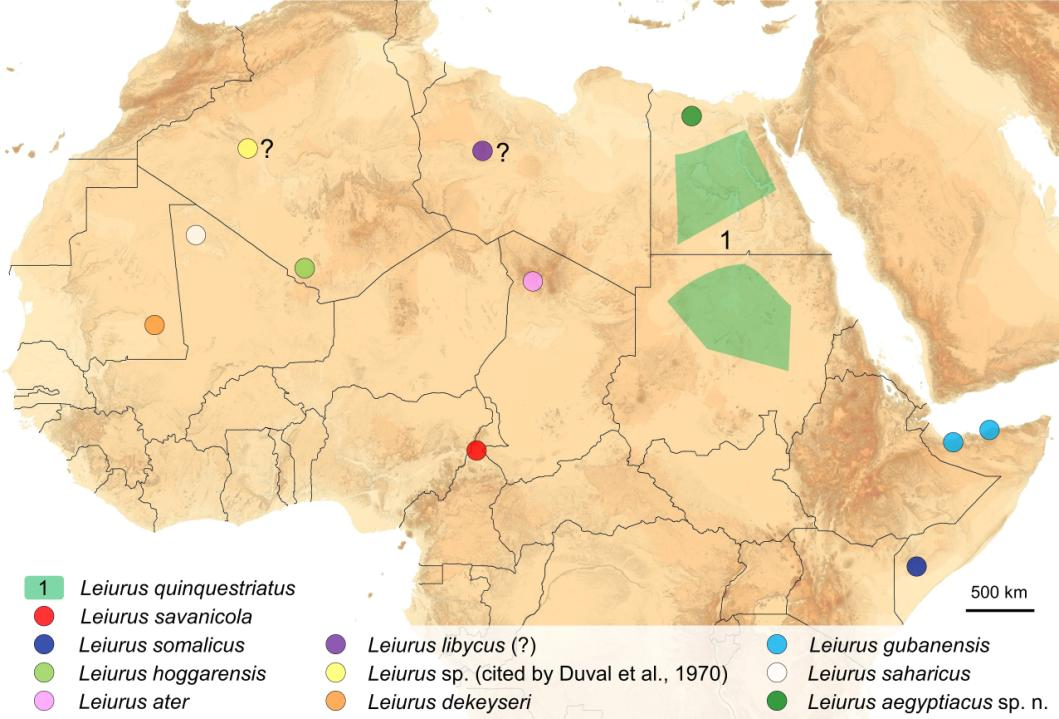
No Comments